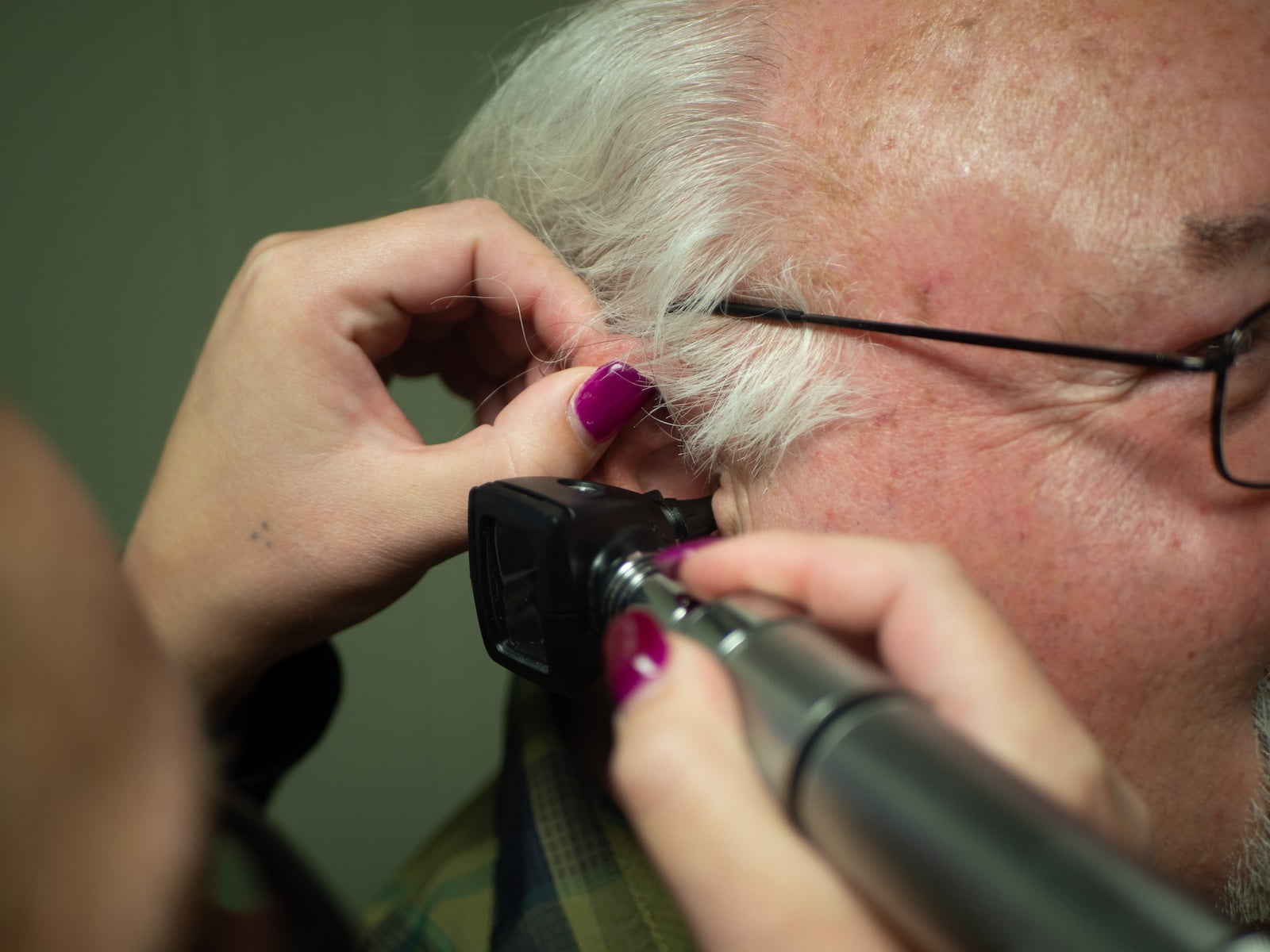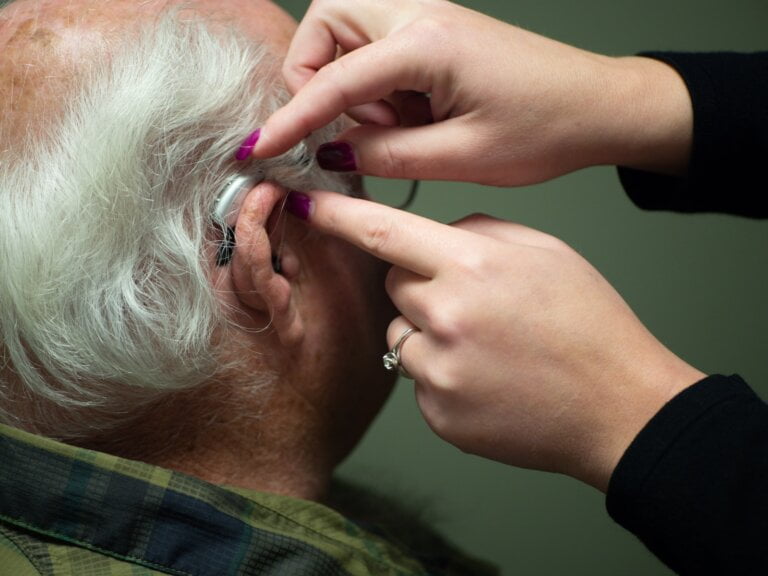Starting Right: Understanding Entry-Level Jobs in Manual Instrument Ear Wax Removal
The field of manual instrument ear wax removal is a critical component of audiology and ear health. As an entry-level job in this specialized area, it offers exciting opportunities for individuals looking to start a career in healthcare. In this article, we will delve into the intricacies of manual instrument ear wax removal, explore the necessary skills and qualifications, and highlight the various entry-level positions available in this field.
Introduction to Manual Instrument Ear Wax Removal
Ear wax, also known as cerumen, is a natural substance produced by the ear to protect and lubricate the ear canal. However, an excess buildup of ear wax can lead to discomfort, impaired hearing, and even infections. Manual instrument ear wax removal involves the skilled removal of excessive cerumen using various specialized tools, such as curettes and forceps.
Excess ear wax can cause a range of problems, including hearing loss, tinnitus, and earaches. Manual instrument ear wax removal is a procedure conducted by trained professionals to safely and effectively remove excessive ear wax. It is a delicate process that requires precision and expertise to ensure the comfort and safety of the patient.
During the procedure, specialized tools like curettes and forceps are used to carefully extract the ear wax from the ear canal. The ear wax removal technician or audiologist assists the patient by guiding them through the process and ensuring their comfort. It is important to note that manual instrument ear wax removal should only be performed by trained professionals to avoid any potential complications or damage to the ear.
The Importance of Entry-Level Positions
Entry-level jobs play a crucial role in the healthcare industry, serving as a foundation for professional growth and development. In the context of manual instrument ear wax removal, entry-level positions provide individuals with the opportunity to gain hands-on experience, refine their skills, and acquire the necessary expertise to progress in their careers. These positions serve as a stepping stone towards more advanced roles, such as audiology technicians or even audiologists.
Starting in an entry-level position allows individuals to familiarize themselves with the procedures and techniques involved in manual instrument ear wax removal. It provides them with the opportunity to work under the supervision of experienced professionals who can guide and mentor them. The hands-on experience gained in these entry-level positions is invaluable for building a solid foundation in this specialized field.
Skills and Qualifications
To excel in an entry-level job in manual instrument ear wax removal, certain skills and qualifications are essential. These include:
- Knowledge of Ear Anatomy: Understanding the intricacies of the ear anatomy is vital for effective and safe ear wax removal. Familiarity with the structures of the external and middle ear, as well as the pathways through which sound travels, is crucial.
Having a strong foundation in ear anatomy allows ear wax removal technicians to accurately navigate the ear canal and identify any obstructions or abnormalities. It enables them to determine the appropriate tools and techniques to use for each individual patient, ensuring a safe and successful procedure.
- Manual Dexterity: Proficient manual dexterity is essential for handling and manipulating the delicate instruments used in ear wax removal. Precise movements and a steady hand are necessary to ensure the safety and comfort of the patient.
The removal of ear wax requires careful and gentle manipulation of the instruments within the narrow and sensitive ear canal. Ear wax removal technicians must have excellent hand-eye coordination and the ability to perform intricate movements with precision. This skill is crucial in preventing any damage to the ear canal or other structures within the ear.
- Attention to Detail: The ability to pay close attention to detail is vital in manual instrument ear wax removal. Careful observation and examination of the patient’s ear canal are necessary to identify the presence of excessive wax and determine the appropriate course of action.
Ear wax removal technicians must have a keen eye for detail to accurately assess and evaluate the condition of the ear canal. They need to be able to differentiate between normal ear wax buildup and excessive wax that requires removal. Attention to detail ensures that the procedure is tailored to each patient’s unique needs, providing optimal results.
- Communication Skills: Effective communication skills are crucial when interacting with patients during the ear wax removal process. Being able to explain the procedure, provide reassurance, and answer any questions or concerns helps create a comfortable and trusting environment.
Clear and concise communication is essential in the healthcare field, especially during procedures that may cause anxiety or discomfort for patients. Ear wax removal technicians should be able to explain the process in simple terms, addressing any concerns or fears the patient may have. Building rapport and establishing trust through effective communication helps create a positive patient experience.
- Professionalism and Empathy: Displaying professionalism and empathy towards patients is essential in any healthcare setting. Being empathetic towards patients’ discomfort or anxieties and maintaining a professional demeanor fosters a positive patient experience.
Patients seeking ear wax removal may be experiencing discomfort or embarrassment due to their condition. It is important for ear wax removal technicians to approach each patient with empathy and understanding. Demonstrating professionalism through respectful behavior and maintaining confidentiality helps build trust and ensures a compassionate and supportive environment.
Entry-Level Positions in Manual Instrument Ear Wax Removal
- Ear Wax Removal Technician: As an ear wax removal technician, your primary responsibility is to perform manual instrument ear wax removal procedures under the supervision of a qualified audiologist. You will assist patients with their ear wax concerns, ensure their comfort throughout the process, and maintain the cleanliness and sterilization of the instruments and equipment used.
Ear wax removal technicians play a crucial role in the manual instrument ear wax removal process. They work closely with audiologists to provide safe and effective procedures for patients. Their responsibilities include preparing the instruments and equipment, assisting with patient preparation, conducting the procedure, and ensuring the cleanliness and sterilization of the tools used. This entry-level position allows individuals to gain practical experience and develop the necessary skills to progress in their careers.
- Assistant Audiologist: As an assistant audiologist, you will work closely with licensed audiologists, providing support during ear wax removal procedures. In addition to assisting with the manual instrument ear wax removal process, you may also be responsible for conducting preliminary assessments, maintaining patient records, and scheduling appointments.
Assistant audiologists play a crucial role in supporting audiologists in their day-to-day tasks. In the context of manual instrument ear wax removal, they provide assistance during procedures, ensuring the smooth flow of the process. They may also be involved in conducting preliminary assessments, such as taking patient histories and performing basic hearing tests. Other responsibilities may include maintaining patient records, scheduling appointments, and providing general administrative support to the audiology practice.
- Audiology Technician: An audiology technician performs a wide range of tasks related to ear health, including manual instrument ear wax removal. In addition to ear wax removal procedures, you may be involved in conducting hearing tests, fitting hearing aids, and providing general support to audiologists.
Audiology technicians are highly skilled professionals who work alongside audiologists to provide comprehensive ear care services. They play a crucial role in the diagnosis and treatment of hearing and balance disorders. In addition to manual instrument ear wax removal, audiology technicians may be involved in conducting hearing tests, fitting and adjusting hearing aids, performing tympanometry, and assisting with balance assessments. They provide valuable support to audiologists, ensuring the smooth operation of the practice and the delivery of high-quality patient care.
Training and Certification Requirements
While specific training and certification requirements may vary depending on the jurisdiction and healthcare facility, obtaining relevant qualifications is essential for entry-level positions in manual instrument ear wax removal. Some common pathways to acquire the necessary skills include:
- Certificate Programs: Many vocational schools, community colleges, and healthcare institutions offer certificate programs in audiology or ear health. These programs typically cover topics such as ear anatomy, ear wax removal techniques, infection control, and patient communication.
Certificate programs provide individuals with a comprehensive understanding of the theoretical knowledge and practical skills required for manual instrument ear wax removal. They offer hands-on training and classroom instruction, allowing students to learn from experienced professionals in the field. These programs often include supervised clinical rotations, providing valuable real-world experience and the opportunity to practice the skills learned in a controlled environment.
- Apprenticeship Programs: Some healthcare facilities may offer apprenticeship programs where aspiring ear wax removal technicians can receive hands-on training under the guidance of experienced professionals. These programs provide valuable practical experience and mentorship opportunities.
Apprenticeship programs offer a unique learning experience by allowing individuals to work side by side with experienced ear wax removal technicians or audiologists. Through hands-on training, apprentices gain practical skills and knowledge, learning the intricacies of manual instrument ear wax removal. This immersive learning experience allows apprentices to develop their skills in a real-world setting, preparing them for entry-level positions in the field.
- Licensure and Certifications: Depending on the jurisdiction, certain entry-level positions in manual instrument ear wax removal may require licensure or certification. These credentials typically involve passing a comprehensive exam that assesses the candidate’s knowledge and practical skills.
Licensure and certification requirements vary by region and may be mandated by state or local regulatory bodies. These credentials ensure that individuals working in manual instrument ear wax removal have met the necessary standards of competency and professionalism. The exams typically cover topics such as ear anatomy, infection control, procedural techniques, and ethical considerations. By obtaining licensure or certification, individuals demonstrate their commitment to providing safe and high-quality care to patients.
Conclusion
Entry-level jobs in manual instrument ear wax removal provide a solid foundation for individuals interested in pursuing a career in audiology or ear health. These positions require a combination of technical skills, anatomical knowledge, and excellent communication abilities. By starting in an entry-level role, individuals can gain valuable experience and lay the groundwork for further professional growth in this specialized field.
With the skills and qualifications acquired through training and hands-on experience, individuals can progress in their careers and pursue advanced roles in audiology. Manual instrument ear wax removal is a vital aspect of ear health, and entry-level positions offer a gateway to a rewarding and fulfilling career. By understanding the intricacies of this field and honing their expertise, individuals can make a significant impact on the well-being of their patients and contribute to the advancement of audiology and ear health.
FAQ
1. What is manual instrument ear wax removal?
Manual instrument ear wax removal is a skilled procedure conducted by trained professionals to safely and effectively remove excessive ear wax using specialized tools like curettes and forceps. It is a delicate process that requires precision and expertise to ensure the comfort and safety of the patient.
2. What skills are essential for entry-level jobs in manual instrument ear wax removal?
Essential skills for entry-level jobs in manual instrument ear wax removal include knowledge of ear anatomy, manual dexterity, attention to detail, communication skills, and professionalism and empathy.
3. What are some entry-level positions in manual instrument ear wax removal?
Some entry-level positions in manual instrument ear wax removal include ear wax removal technician, assistant audiologist, and audiology technician. These positions provide individuals with hands-on experience and the opportunity to develop the necessary skills to progress in their careers.
4. What are the training and certification requirements for entry-level positions in manual instrument ear wax removal?
Training and certification requirements may vary, but common pathways to acquire the necessary skills include certificate programs, apprenticeship programs, and obtaining licensure or certifications. These programs provide theoretical knowledge, practical skills, and real-world experience in manual instrument ear wax removal.







